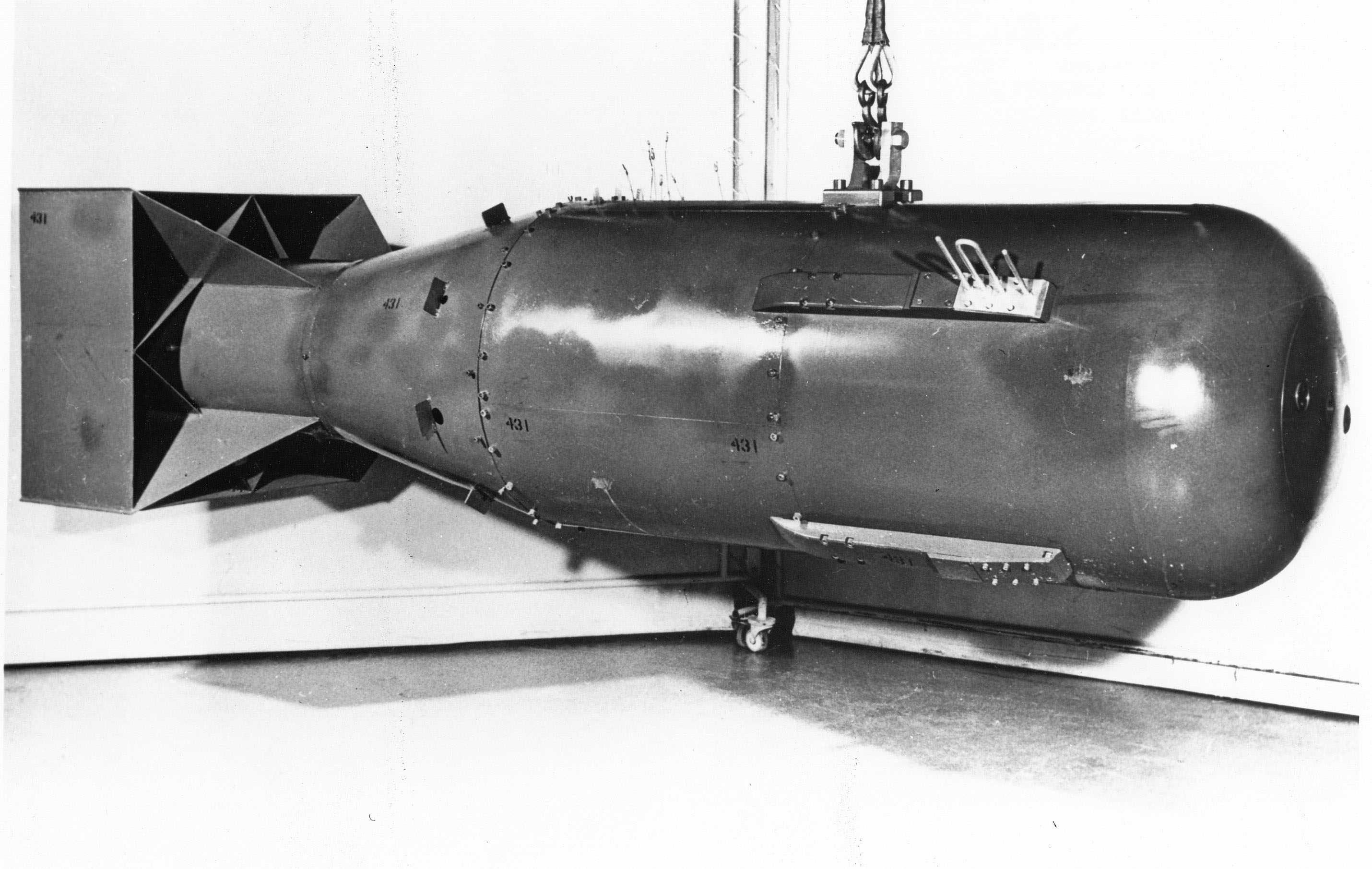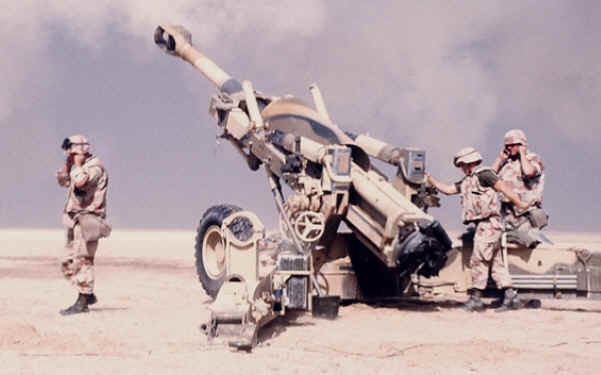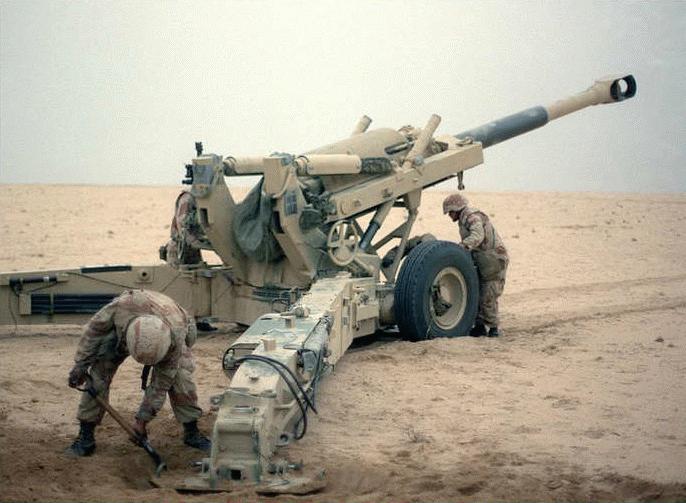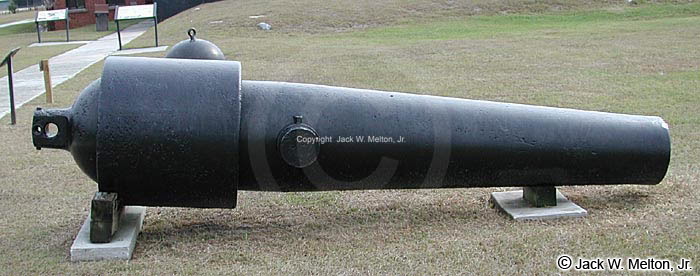In the morning we started our planning and drew our diagram. Our original idea looked like this:
(click on the pictures in order to enlarge them and get a better view)
Cannon Construction design plan:
We decided that our cannon would be at a 45 degree angle which we thought would shoot the farthest. We would also use parts near the bottom as a weight so it stays in place. Lastly, we determined that the half we used would be useful in positioning the angle.
Launch angle choice/justification:
The angle we chose was 45 degrees. We chose this because if it was higher than that, it would reach a higher elevation, but not a longer length, and if it was lower than that it wouldn't achieve much of elevation or length.
Expected results/Actual results:
I believe our results will be that the cannon will be able to shoot far and stay stable as we hoped.
(our actual results have yet to be determined)
Difficulties in Construction:
During the construction we had a few problems. For one, we had to disband our original idea and come up with a new one. We had to use the pieces we had and use them in a new plan. Although, in the end our cannon still came out fine.
How Pressure, Volume, and Temperature play a role:
Due to the design of the cannon, the pressure inside the cannon will not be very high unfortunately. This is because there is nothing pressing down on the gas. The volume will be higher since there is not as much pressure from obstacles. Lastly, the temperature should not have much effect on the volume or pressure because it will most likely be constant on the day of the shooting.

1.) What our group had planned was to have one of the halves cut in half so we could use it as a support for the barrel. The container which would be cut in half would have another circle cut into it to fit the barrel.

2.) We gathered our materials which consisted of these two tennis ball containers, a pair of scissors,18-inch length tape, and a protractor. One of the containers would serve as a balance and support for the barrel. The scissors would help us cut the second in half, and then cut out a circle in the middle for the barrel to go in.

3.) Before we cut, we had to imagine where the circle would be cut, identify the proper angle, and visualize what it would look like in the end.

4.) We cut the second container in half. This half would act as a support for the barrel to stay aligned, upright, and stable for the shot. Also notice the bottom of the container, we will use this piece as a weight to keep the barrel stable on the ground.

5.) We experienced a few difficulties in our original idea, so we had to continue with what we had. In this picture, our partner is cutting off the metal end in attempt to "save" the cannon.

6.) In this picture, our group was experiencing difficulties. The reason was because the bottom half was not staying stable as we hoped and the weight of the barrel was too much. So, we had to come up with a new idea.

7.) This is our second diagram. We had to change our original plans because it simply didn't work out too well. Luckily, this idea looked both more appealing, interesting, and scientific. In this diagram, we will use the same half we used, and place it in the middle of the barrel. This would help because we could simply move the piece in order to change the angle. We used the bottle bottom as a weight to keep it stable on the ground and stable from the force of the shot. (click on the picture to enlarge the diagram and get a better view)

8.) We used the same half piece as earlier and cut a circle equal to the
circumference of the cap in order for the barrel to fit inside. Instead of lying on the ground horizontally, this time we would keep the half vertically. The bottle bottom would serve as a weight to maintain stability.(see the diagram in step 7)

9.) Finally our cannon was done! (click on this image and the diagram and compare them to each other) As you can see, the angle can be easily changed by the second half and the bottle bottom provides weight and stability.



















